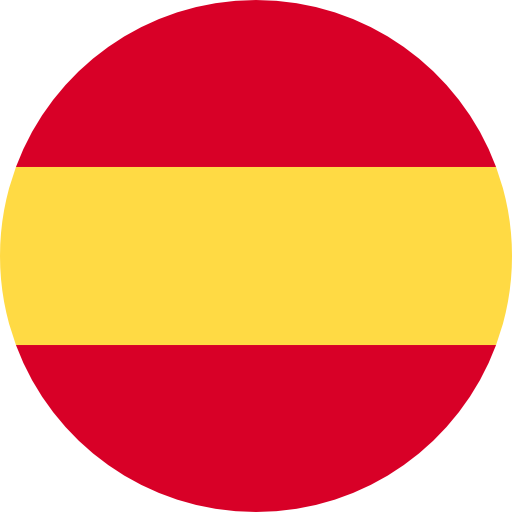Sulcis Iglesiente
39º 7' 35'' N 8º 32' 10'' E
Southwestern Sardinia
Italy
Description
The Sulcis-Iglesiente is an historical region of southwestern Sardinia comprising, as the name suggests, the territories of Sulcis and Iglesiente. It is included in the province of South Sardinia. In the Middle Ages the territory belonged to the Judicate of Cagliari, and in particular to the curatorias of Cixerri, Sulcis and Nora.
Extracted Materials
From a geological point of view, it is an extremely important area due to the fact that, other than carboniferous granites and diorites, we can also find metal limestones and dolomites where there are the main lead and zinc veins of the island, already exploited by nuragici, roman and Punic civilizations
Antropological info
People have no problem in talking and discussing things unhurriedly over some time. So it’s impossible to meet with more than two people in one day.
Sociologal info
There are two urban settlements: S.Antioco (the old Sulci) and Calasetta. It as been settled since the prehistory and it holds evidence of important archaeological ruins belonging to several civilizations.
The populace of this area by several ethnic groups was due mainly to seams of lead, silver and zinc in the Iglesiente and to coal in the Sulcis.
Archaeological info
A small set of rocky blocks surround this land overawed by the Monte Linas and made of metal stones (Cambrico, Silurico) and by tertiary drifts. There are oak and bearberry forests together with huge karstic pits as San Giovanni di Gonnessa cave, the Su Mannu di Fluminimaggiore cave, close to the Antas temple and the San Giovanni di Domusnovas cave.
Sustainable tourism insights
Carloforte is the only settlement of the island and is situated next to the tourist port. The activities carried out are linked to the new port and to the tonnara.
Environment sustainability
The salines, nowadays neglected, host several colonies of migratory birds as flamingos. In the north western part there is also a natural protected oasis.









